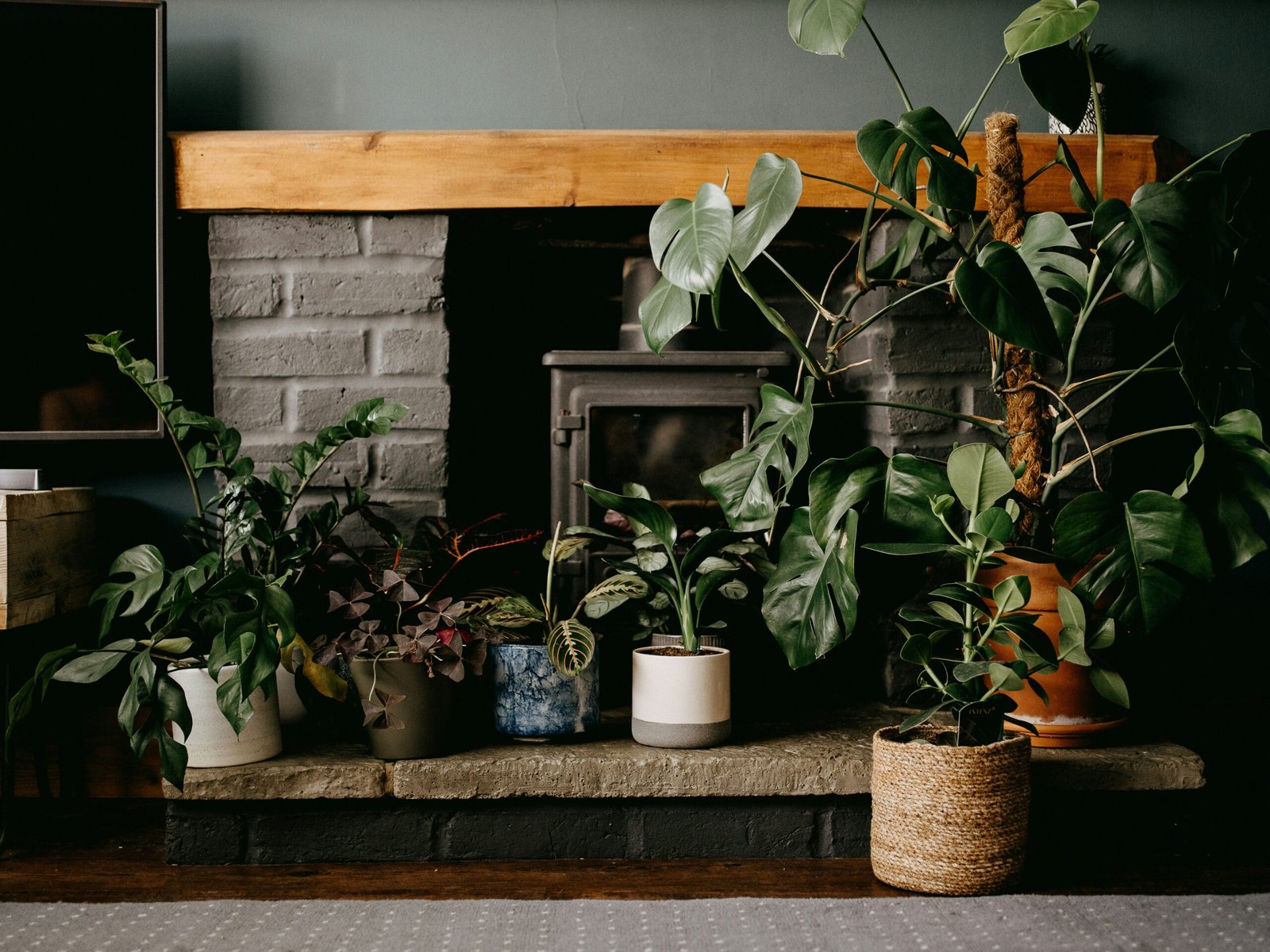?Would you like your bedroom to feel calmer, fresher, and more personal with the addition of plants?
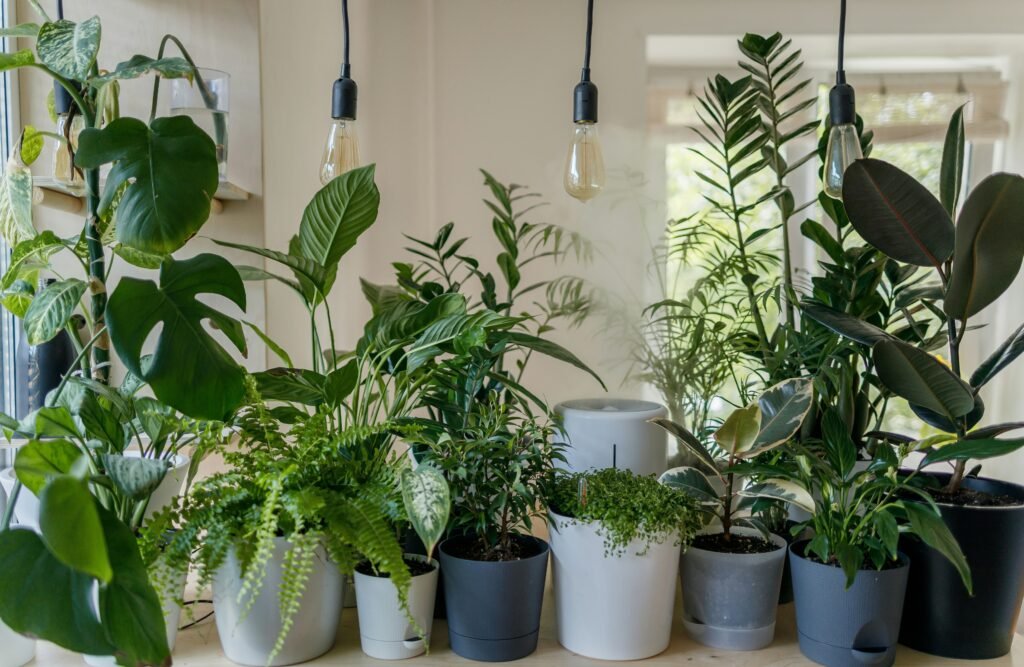
How Can I Decorate My Bedroom With Plants?
You can transform your bedroom into a restful green sanctuary by choosing the right plants, placements, pots, and care strategies. This guide gives you practical, creative, and safe ways to decorate your bedroom with plants while keeping maintenance realistic for your lifestyle.
Why Add Plants to Your Bedroom?
Plants improve air quality, boost mood, and add texture and color to your decor. They also create a soothing atmosphere that can help you relax and sleep better when selected and placed thoughtfully.
Before You Start: Key Considerations
Before buying plants, you should assess light, space, allergies, and pet safety for your bedroom. Understanding these basics will help you choose plants that thrive and fit your routine.
Assess Light Levels
You should determine if your bedroom gets bright, indirect, low, or direct sunlight throughout the day. Light levels dictate which plants will thrive without extra equipment like grow lights.
Consider Space and Scale
Think about how much floor, shelf, windowsill, or hanging space you have available. Large floor plants suit spacious rooms, while small pots or hanging planters are better for compact rooms.
Think About Pet and Allergy Safety
If you have pets or allergies, pick plants that are non-toxic and low in pollen. You should avoid plants known to be toxic to cats or dogs and choose varieties with low allergenic potential.
Decide on Maintenance Level
Be honest about how much time you’ll spend on plant care. Choose low-maintenance plants if you’re busy or higher-maintenance species if you enjoy routine plant care tasks.
Choosing the Right Plants
Selecting the correct plant types will set you up for success. Below is a table of common, bedroom-friendly plants categorized by light needs, pet safety, and basic care.
| Plant | Light Needs | Pet Safe? | Watering Frequency | Notes |
|---|---|---|---|---|
| Snake Plant (Sansevieria) | Low to bright indirect | No (toxic to pets) | Low (every 2–4 weeks) | Extremely low-maintenance; good for corners |
| ZZ Plant (Zamioculcas) | Low to bright indirect | No (toxic) | Low (every 2–3 weeks) | Glossy leaves, durable |
| Pothos (Epipremnum aureum) | Low to bright indirect | No (toxic) | Medium (weekly) | Trailing growth, great in hanging pots |
| Spider Plant (Chlorophytum comosum) | Bright indirect | Yes | Medium (weekly) | Pet-safe, air-purifying, produces baby plants |
| Peace Lily (Spathiphyllum) | Low to bright indirect | No (toxic) | Medium (keep soil moist) | Blooms white flowers, good for humidity |
| Rubber Plant (Ficus elastica) | Bright indirect | No (toxic) | Medium (every 1–2 weeks) | Bold foliage, vertical interest |
| Philodendron (various) | Low to bright indirect | No (toxic) | Medium (weekly) | Many varieties, trailing or climbing |
| Chinese Money Plant (Pilea peperomioides) | Bright indirect | Yes | Medium (weekly) | Unique round leaves, easy to propagate |
| Aloe Vera | Bright indirect to direct | Yes | Low (every 3–4 weeks) | Medicinal gel, needs drainage |
| Boston Fern (Nephrolepis exaltata) | Bright indirect, humid | Yes | High (keep soil moist) | Lush, needs humidity |
| Lavender | Bright direct | Yes | Low (sparse water) | Calming fragrance, needs lots of sun |
| Succulents (various) | Bright direct | Mostly yes | Low (every 2–4 weeks) | Great on windowsills, minimal care |
Use this table to match plants to your bedroom’s conditions and your care preferences.
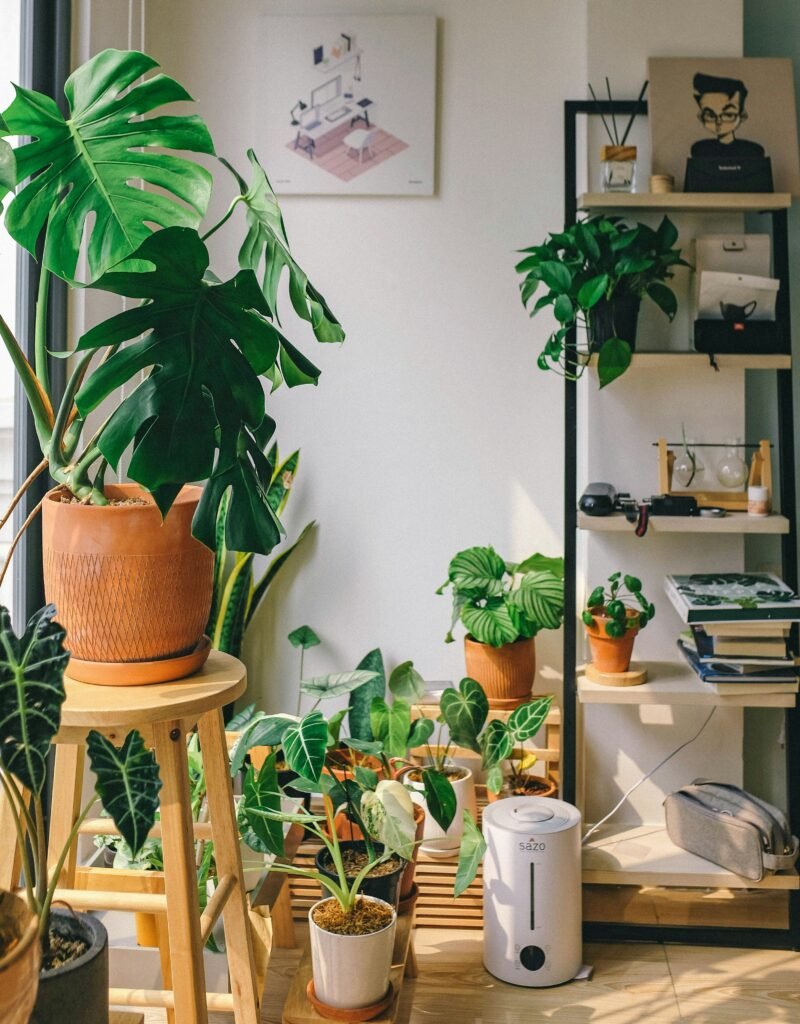
Placement Ideas and Styling Tips
Where you put plants matters for both design and plant health. You should think about light exposure, eye-level grouping, and how plants interact with furniture and pathways.
Bedside Plants
Placing a small or medium plant on your bedside table adds life without overwhelming the surface. Choose low-growing plants like succulents, small snake plants, or a pothos in a small pot. Make sure the pot won’t tip and that you can water without spilling.
Windowsill Arrangements
Windowsills are natural spots for sun-loving plants like succulents, aloe, orchids, and herbs. Cluster a few pots of similar care needs to make watering easier and to achieve a cohesive look.
Hanging Planters and Wall-Mounted Plants
You can free up floor and shelf space by using hanging planters or wall-mounted pots. Trailing plants such as pothos, string of hearts, or philodendron make beautiful cascades that frame windows or headboards.
Tall Floor Plants
If you have vertical space, add a tall plant like a fiddle leaf fig, rubber plant, or monstera to create a focal point. Position tall plants near a window with indirect light and away from air vents.
Shelves and Plant Stands
Shelves let you show a mix of plants and décor items. Use plant stands of different heights to create visual interest and to layer plants without crowding them.
Groupings and Clusters
Group plants with similar water and light needs together. Clusters create a mini indoor garden effect and increase local humidity, which benefits many tropical plants.
Terrariums and Miniature Gardens
Small terrariums or glass containers suit mosses, fittonias, and other moisture-loving plants. These are great for humid microclimates but need monitoring to avoid mold.
Table: Placement Pros and Cons
This table helps you choose where to place plants based on light, care, and design goals.
| Placement | Pros | Cons | Best for |
|---|---|---|---|
| Windowsill | Best natural light for sun-loving plants | Limited space, temperature swings | Succulents, herbs, aloe |
| Hanging | Saves surfaces, effective for trailing plants | Harder to water, installation needed | Pothos, string of hearts |
| Bedside table | Immediate greenery, decorative | Limited space, water spills | Small succulents, spider plants |
| Floor pots | Makes a statement, fills bare corners | Takes space, can shade other plants | Fiddle leaf fig, monstera |
| Shelves | Layered look, decor integration | Some plants may get insufficient light | Small to medium plants |
| Plant stand | Flexible styling, elevates plants | Requires floor space | Groupings with varying heights |
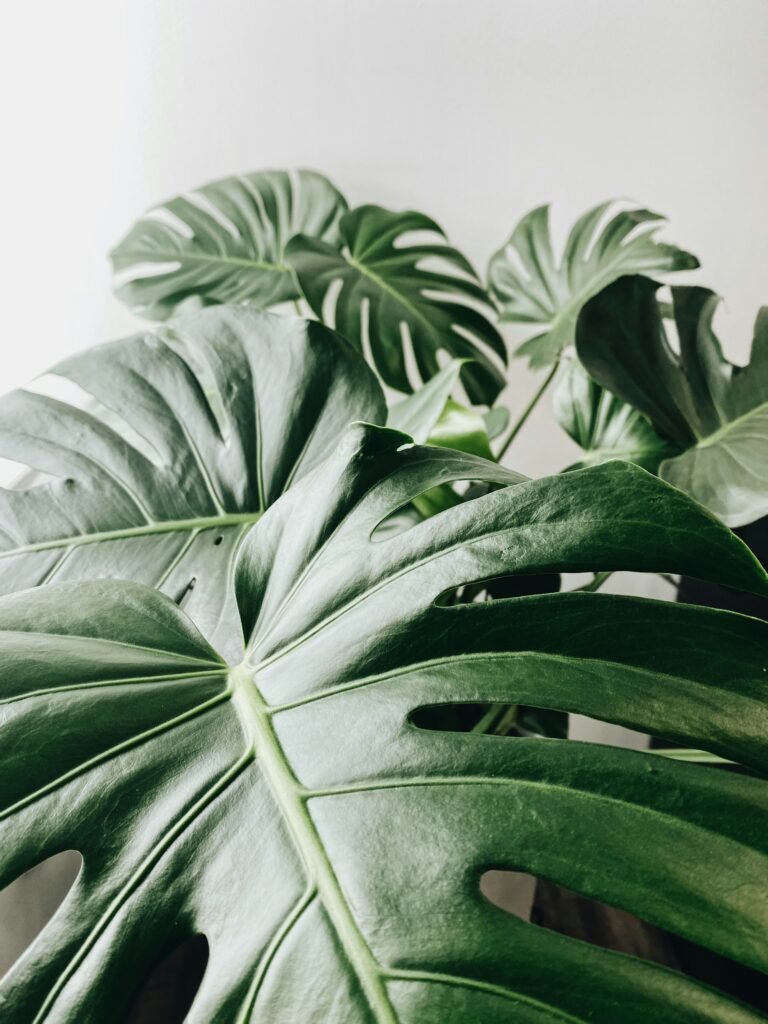
Pots, Containers, and Soil Choices
The container and soil you choose directly affect plant health and style. You should match pot materials and sizes to plant needs and the bedroom aesthetic.
Choosing the Right Pot Material
Ceramic and terracotta pots are porous and help soil dry out, benefiting succulents and cacti. Plastic retains moisture and is lightweight for hanging. Woven baskets add texture but need plastic liners to prevent leaks.
Pot Size and Drainage
Always choose a pot with drainage holes or add a layer of pebbles and be diligent with watering. If a decorative pot lacks drainage, use a nursery pot inside for drainage control. Avoid oversized pots for small plants as excess soil holds too much moisture and can cause root rot.
Soil Mixes
Use a quality potting mix appropriate to the plant. Aerating mixes with perlite or pumice suit succulents and cacti. Moisture-retentive mixes with peat or coco coir are better for ferns and peace lilies. Refresh soil every 12–18 months to maintain nutrients.
Styling Your Plant Decor
Plants can complement any bedroom style when you think about color, texture, and repetition. You should coordinate pots, planters, and placement to tie your plant collection into your room design.
Color and Pot Coordination
Match pot colors to your room’s palette for cohesion. Neutral or matte pots complement a minimalist style, while colorful or patterned pots suit boho or eclectic rooms.
Texture and Material Mix
Mix materials—ceramic, metal, wood, and woven baskets—to add depth. Group plants with varied leaf shapes and sizes to create contrast and interest.
Repetition and Rhythm
Repeat similar pots or plant types across the room to create a sense of rhythm. For example, pair two matching bedside plants or place identical small succulents across a windowsill.
Use Plants as Living Art
You can arrange a vertical living wall or a shelf of sculptural plants to create a focal point. Think of plants as artwork that changes over time, and arrange them like you would frame a painting.

Care Basics: Watering, Light, Soil, and Humidity
Good plant decor starts with consistent care. You should establish simple routines for watering, light exposure, and feeding to keep plants healthy.
Watering Best Practices
Water according to the plant’s needs, not a calendar. Check soil moisture with your finger or a moisture meter—insert 2–3 inches into the soil and water only when the top portion is dry for many species. Overwatering is the most common killer, so err on the side of underwatering for many houseplants.
Light and Placement Adjustments
Rotate plants periodically so all sides receive light and maintain even growth. If natural light is insufficient, consider a full-spectrum LED grow light on a timer to mimic day-night cycles.
Humidity and Temperature
Most tropical plants prefer 40–60% humidity. You can increase humidity with a tray of pebbles and water, a humidifier, or by grouping plants together. Keep plants away from cold drafts, radiators, or vents which can stress them.
Fertilizing
Feed your plants during the active growing season (spring and summer) with a balanced, dilute houseplant fertilizer. Reduce or stop fertilizing in fall and winter when growth slows.
Pruning and Grooming
Remove dead or yellowing leaves and trim leggy growth to maintain shape and encourage fullness. Regular grooming helps your plants look decorative and healthy.
Propagation and Multiplying Your Collection
Propagating is a cost-effective and rewarding way to grow your plant collection. You should learn basic propagation methods like stem cuttings, leaf cuttings, and division.
Propagation Methods
- Stem cuttings: Common for pothos, philodendrons, and tradescantia. Place cuttings in water or soil until roots form.
- Leaf cuttings: Used for succulents and some begonias. Allow callousing before planting in soil.
- Division: Separate root clumps for ferns, peace lilies, and other clumping plants.
Propagation Tools
Keep clean scissors, rooting hormone (optional), and small containers or propagation trays. A clear glass jar works well for water propagation and lets you watch root development.
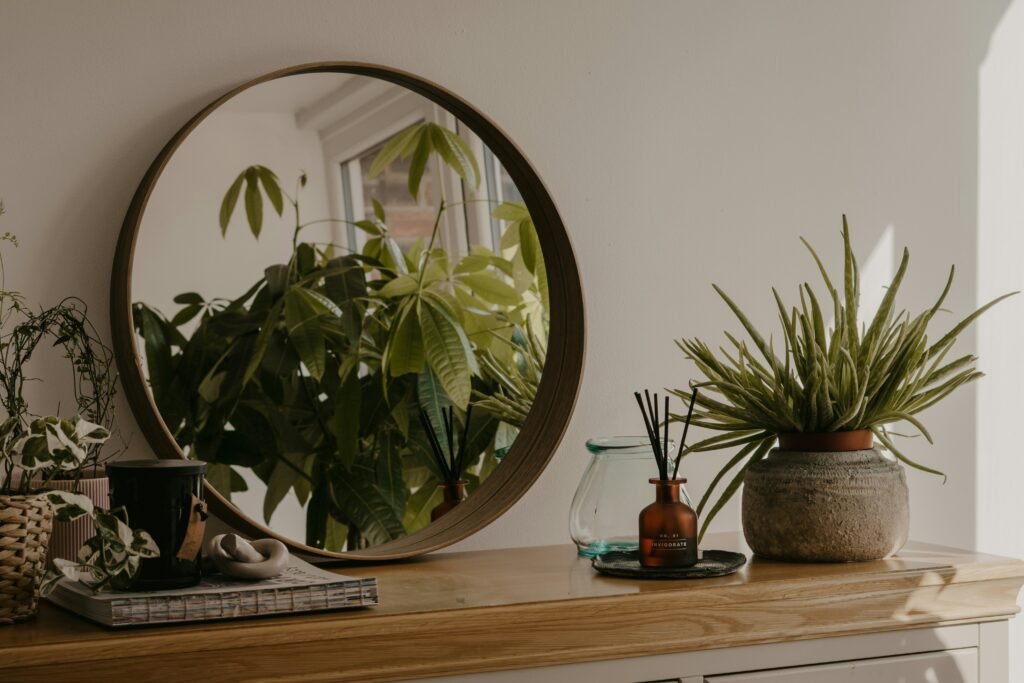
Seasonal Care and Adjustments
Seasons change light and temperature, so you should adjust plant care accordingly. Less water and fertilizer are needed in winter; more attention to pests might be required in spring and summer.
Winter Care
Move tropical plants away from cold windows, reduce watering, and perhaps provide supplemental light if days are short. Mist humidity-loving plants lightly to offset dry indoor air.
Spring and Summer Care
Increase watering and start fertilizing as growth resumes. This is a good time to repot, divide, or propagate plants.
Pet Safety and Toxicity
If you have pets, prioritize non-toxic plants and safe placements. You should always verify plant toxicity using reliable sources and keep hazardous plants out of reach.
Pet-Safe Plant Suggestions
Spider plant, Boston fern, aloe vera (mildly toxic to some), and lucky bamboo are generally safer but still check species-specific information. Keep potentially toxic plants like philodendron, pothos, and snake plant out of reach or in high places.
Table: Pet Safety Quick Reference
| Plant | Toxic to Pets? | Notes |
|---|---|---|
| Spider Plant | No | Safe and pet-friendly |
| Boston Fern | No | Safe, likes humidity |
| Pothos | Yes | Toxic if chewed; hanging placement recommended |
| Snake Plant | Yes | Toxic to cats and dogs |
| Aloe Vera | Mildly toxic | Gel is medicinal for humans, but toxic if ingested by pets |
Common Problems and Solutions
You should be able to identify and fix common plant issues like yellowing leaves, pests, or leggy growth.
Yellow Leaves
Often caused by overwatering, poor drainage, or low light. Check soil moisture, improve drainage, and adjust light exposure.
Brown Leaf Tips
Typically from low humidity, underwatering, or salt buildup. Increase humidity, water evenly, and flush soil occasionally.
Pests
Common pests include spider mites, aphids, mealybugs, and scale. Isolate affected plants and treat with insecticidal soap, neem oil, or a gentle water rinse. Repeat treatments may be necessary.
Leggy Growth
If plants stretch toward light, they need more brightness. Move them closer to a window or supplement with grow lights and prune to encourage bushier growth.
Creative Plant Decor Ideas by Style
You can match plant choices and containers to your personal aesthetic. Below are helpful suggestions for different decor styles.
Minimalist Bedrooms
For a clean minimalist look, choose simple planters in neutral tones and select a few sculptural plants like a rubber plant or snake plant. Keep arrangements uncluttered and symmetrical.
Boho and Eclectic Looks
Use mixed textured baskets, patterned pots, macramé hangers, and a variety of leaf shapes and sizes. Mix trailing and upright plants for a layered, collected-over-time feel.
Modern and Scandinavian
Select sleek pots, metallic planters, and plants with clean lines like fiddle leaf fig or rubber plant. Keep color palettes muted with greens, whites, and grays.
Tropical or Jungle Style
Cluster many lush, broad-leaf plants like monstera, philodendron, and palms to create a dense, vibrant feel. Add humidity and natural materials like rattan.
Cozy or Cottagecore
Use vintage pots, ceramic pitchers, and smaller potted herbs or flowering plants like lavender and kalanchoe. Group plants near a reading nook or window seat.
Budget-Friendly Tips
You don’t need to spend a lot to create a beautiful plant-filled bedroom. You can propagate from friends, choose inexpensive pots, and focus on a few impactful pieces.
Cheap and Cheerful Strategies
- Trade cuttings with friends or local plant groups.
- Repurpose jars or thrifted pots with a waterproof liner.
- Buy smaller plants and let them grow into larger focal points.
- Use DIY macramé hangers made from inexpensive cord.
Mistakes to Avoid
Avoid common decorating mistakes like ignoring light needs, overcrowding plants, using non-draining pots, or keeping plants near drafts. You should also avoid impulse buys that don’t fit your care routine or room conditions.
Overcrowding
Too many plants in a small area can cause competition for light and humidity issues. Space plants appropriately for airflow.
Neglecting Drainage
Pots without drainage often lead to root rot. Prioritize drainage or double-potging for safety.
Wrong Plant in Wrong Spot
A sun-loving plant in a dark corner will struggle. Match plant species to the location’s light, temperature, and humidity.
Quick Checklists
Use these checklists to maintain a healthy bedroom plant collection.
Weekly Checklist
- Check soil moisture for each plant.
- Rotate plants a quarter turn for even light exposure.
- Remove dust from leaves with a soft cloth.
- Spot-check for pests.
Monthly Checklist
- Fertilize during the growing season.
- Prune leggy stems or dead leaves.
- Wipe pots and shelves clean.
- Reassess light and reposition if necessary.
Quarterly Checklist
- Repot if roots are pot-bound.
- Refresh topsoil or replace potting mix if compacted.
- Propagate or divide plants for growth control.
Frequently Asked Questions (FAQ)
You should be able to answer your most common questions quickly; here are practical responses.
What are the easiest plants for beginners?
Start with snake plant, ZZ plant, pothos, spider plant, and succulents. These tolerate inconsistent care and low light in many cases.
Can plants help me sleep better?
Some plants like lavender can have calming scents, and general greenery can reduce stress. While direct sleep benefits vary, a calming room can support better rest.
How many plants should I have in my bedroom?
There’s no set number—balance is key. A few well-placed plants (3–6) can make a big impact without overcrowding, but larger rooms can hold more.
Do plants increase humidity enough to matter?
A cluster of plants can raise humidity slightly, but for significant humidity increases you may need a humidifier. Plants help but are not a replacement for dedicated appliances.
Are grow lights necessary?
Only if your bedroom lacks enough natural light for your chosen plants. Full-spectrum LED grow lights are efficient and can support most houseplants.
Final Tips and Reminders
You should enjoy the process and treat your plant collection as a living part of your bedroom decor that will change over time. Learn from small mistakes, be patient with growth, and celebrate propagation successes.
- Start with a few resilient plants and expand as you gain confidence.
- Group plants by care requirements to simplify maintenance.
- Use attractive, practical pots and remember drainage.
- Keep plants away from direct drafts and radiators.
- Consider plant lighting and humidity needs seasonally.
Summary
You can create a bedroom that feels like a fresh, calming retreat by picking the right plants, matching them to light and space, styling them to your decor, and keeping a simple care routine. With a little planning and creativity, plant decor can be a low-stress, high-reward way to personalize your bedroom and bring the benefits of nature indoors.
